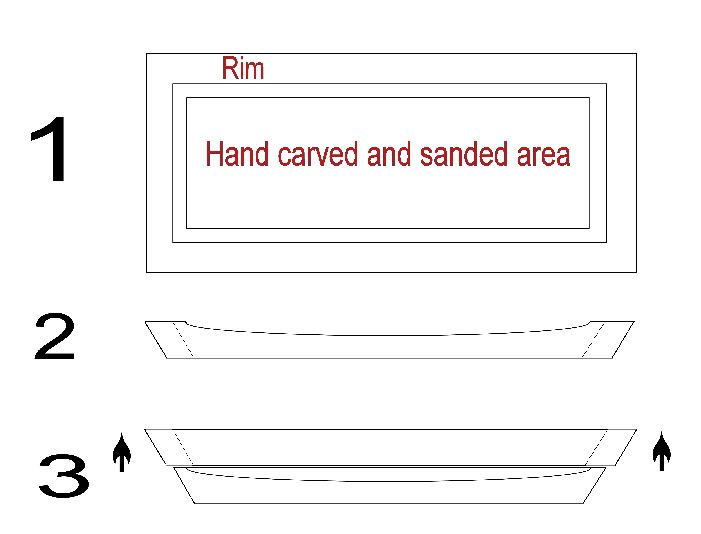I'm a bit hesitant to post this maple dish because I'm very much aware of the flaws in it. However, I've been told off before for being too self-critical, so here goes:


It was cut from a single piece of 6mm maple and inlaid with iroko. The centre of the dish has been gently scalloped out, initially by hand carving and finished with abrasive paper. Finally, a neutral wax was applied and buffed before His Lordship accidentally knocked it onto the floor this morning, shattering it.
Gill


It was cut from a single piece of 6mm maple and inlaid with iroko. The centre of the dish has been gently scalloped out, initially by hand carving and finished with abrasive paper. Finally, a neutral wax was applied and buffed before His Lordship accidentally knocked it onto the floor this morning, shattering it.
Gill

































